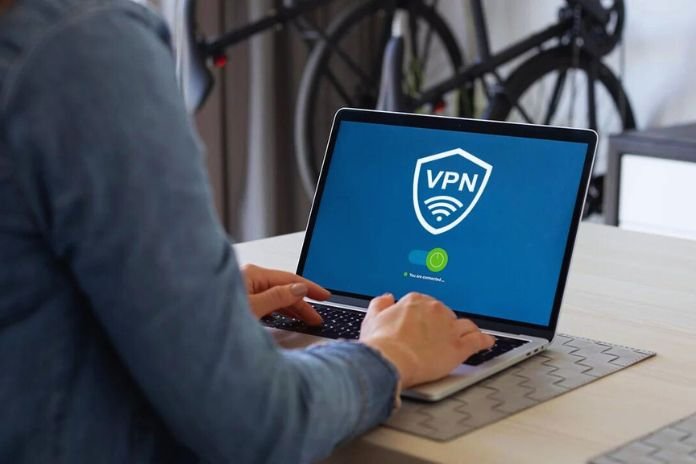Practical Guide To Installing A VPN On Your PC
Today, online security and protection have become the main issues for Web clients. A VPN (Virtual Confidential Organization) has become a fundamental answer for safeguarding your information and exploring in harmony. In this article, we will let you know how to introduce a VPN on your PC bit by bit.
Step 1: Choose The Right VPN Provider
Many VPN providers on the market offer different levels of service and features. Here are some of the criteria to consider when choosing a VPN provider:
- Network speed and performance
- Number of servers and geographical location
- Compatibility with operating systems (Windows, macOS, Linux)
- Prices and subscription options
- Confidentiality and no-logs policy
- Customer care and technical support
Step 2: Sign Up For A VPN Subscription
You should buy a membership whenever you have picked the VPN supplier that best suits your requirements. Most suppliers offer different membership choices, like month-to-month, quarterly, or yearly plans. Some additionally offer free time for testing or unconditional promises so you can test their administrations without risk.
Step 3: Download And Install VPN Software
After buying a membership, your VPN supplier will give you a connection to download the product viable with your working framework (Windows, macOS or Linux). Adhere to the directions to download and introduce the product on your PC.
Software Download
Usually, you will find the installation file on the homepage of your VPN provider’s website. It is important to download the software directly from the official site to avoid malicious or fraudulent copies that compromise your online security.
Installation Of The Software
Once the file is downloaded, run it and follow the installation steps. The process varies between vendors and operating systems but is quick and easy. For Windows users, you may need to give the installer permission to change your device by clicking “Yes” when the User Account Control window pops up.
Step 4: Configure And Use The VPN
After introducing the product, now is the right time to design and utilize your VPN on your PC. Here are a few ways to benefit from your VPN:
VPN Connection
Send off the VPN programming and sign in with the certifications your supplier gave (email address and secret word) during enrollment. Once associated, pick a server from the rundown given and click on “Interface” to lay out a safe association.
Choice Of Server
Most VPN programming permits you to choose the server you must associate with. You can pick a server in light of its area or execution (speed, idleness). As a rule, picking a server near your ongoing area is suggested for better speed and lower dormancy.
Manage VPN Settings
VPN software offers several options and settings to configure according to your needs. Among these options, you will find:
- The security protocol (OpenVPN, IKEv2, etc.)
- The “Kill Switch” option blocks all unsecured traffic if the VPN connection is interrupted
- The settings for auto-starting the VPN when you launch your PC
- Managing DNS and WebRTC leaks
Feel free to explore these settings to optimize your VPN experience and ensure maximum online privacy protection.
Checking The VPN Connection
Once associated with the VPN, checking that your IP address and area data have been changed is suggested. You can utilize particular sites, for example, “WhatIsMyIPAddress” or “ipleak.net”, to play out this check. Presently you can appreciate secure and unknown perusing on your PC with your VPN introduced!
Read Also: 2023, The Beginning Of The End Of Social Networks?
Share this content:











Post Comment